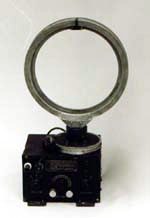 |
| a) aparelho usado em radioalinhamento
modelo DW-1 com dial azimutal, rotativo, fabricado
pela Bendix, Radio em 1941, EUA. |
|
American engineers J. Dillinger,
H. Diamond and E. Dumore developed the use of radio signals
for the correct positioning of ships and aircrafts in 1930.
Basically, The American system consisted of radio beacons transmitting
signals
 |
| b) indicador de bordo com escala
azimutal e a antena rotativa que era fixada na fuselagem
da aeronave. |
|
in Morse code, modulated in
long waves frequencies. (a) In the beginning of the WWII, the
companies Lorenz and Telefunken developed for the German Air
Force, LUFTWAFF, a system under the codinome of KNICKENBEIN
originally used for guiding
aircrafts during bombing missions over England whose radio beacon
stations were located in the North Sea coast and in the English
Channel.
During the period 1938-1945, numerous positioning-finding systems
were developed both in Great Britain and America. They were
pulse- modulated system. Amongst them are the Bristish type
GEE and DECCA and the American LORAN or Long-range Navigational
Aid.
The operation of boths systems is based on determining the difference
in the time of arrival at the receiver or radio frequency pulses
tranmistted simutaneously or at definite time intervals from
a series of
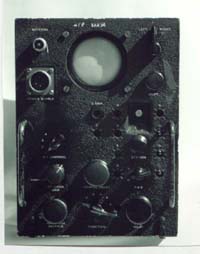 |
| (a) um tipo de radio receptor
usado no sistema LORAN. |
|
ground transmitters. The GEE
system depends on the use of hyperbolic or lattice charts consisting
of a
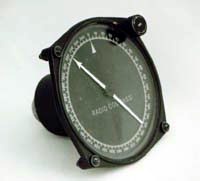 |
| c) ilustração do indicador
de bordo da aeronave mostrando o seu dial ou escala
calibrada em 360º. |
|
chain of tranmistters arranged
in groups of three or four. Each transmitter operates on the
same radio frequencies; usually 20 and 80 MHz. The DECCA system
uses low frequency continuous wave-phase, in the order of
100 kHz comparition, to provide continuous position fixing.
The American LORAN was based on the same principles as GEE,
but operates on a radio frequency of approximately 1900 KHz.
(b) The development
of the VHF omni-directional radio range, usually known as
VOR was developed in 1945. It enables an aircraft to fly along
a pre-determined path into an approach zone, and is suitable
for furnishing navigational information between the range
beacon and aircraft up to 150 to 300 km distant. Unlike the
normal course beacons, LORAN provides also an infinite number
of tracks radiating from the transmitter. Due to the relative
simplicity of its airborne electronic equipment, it could
be used as part of the aircraft radiotelephony communication
system. (c)
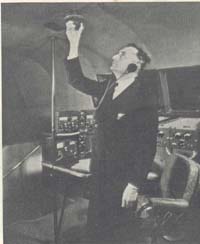 |
| (b) Radio operator on board aircraft
using radio system navigation, circa 1939. (News
Radio) |
|
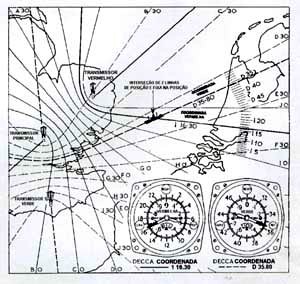 |
|
(a) Illustration of DECCA radio navegation system
showing the coordinates, the points with the radio
beacons and the indicating instruments of the
radio-signal in the panel of the aircraft.
|
|
 |
| Radio alignment, an invisible
road in the sky |
|
|
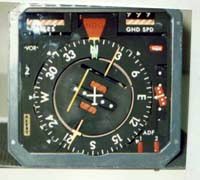 |
| (b) Ilustration of the instrument
in the aircraft panel, used in VOR system . |
|
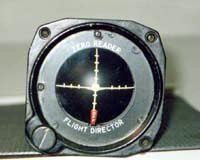 |
| (c) illustration of a primitive
instrument for positioning and flight orientation. |
|
|